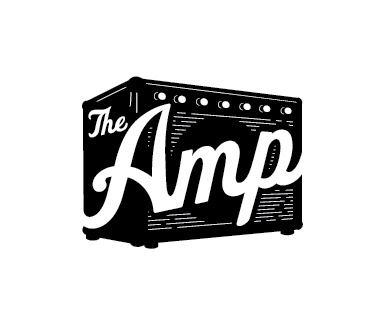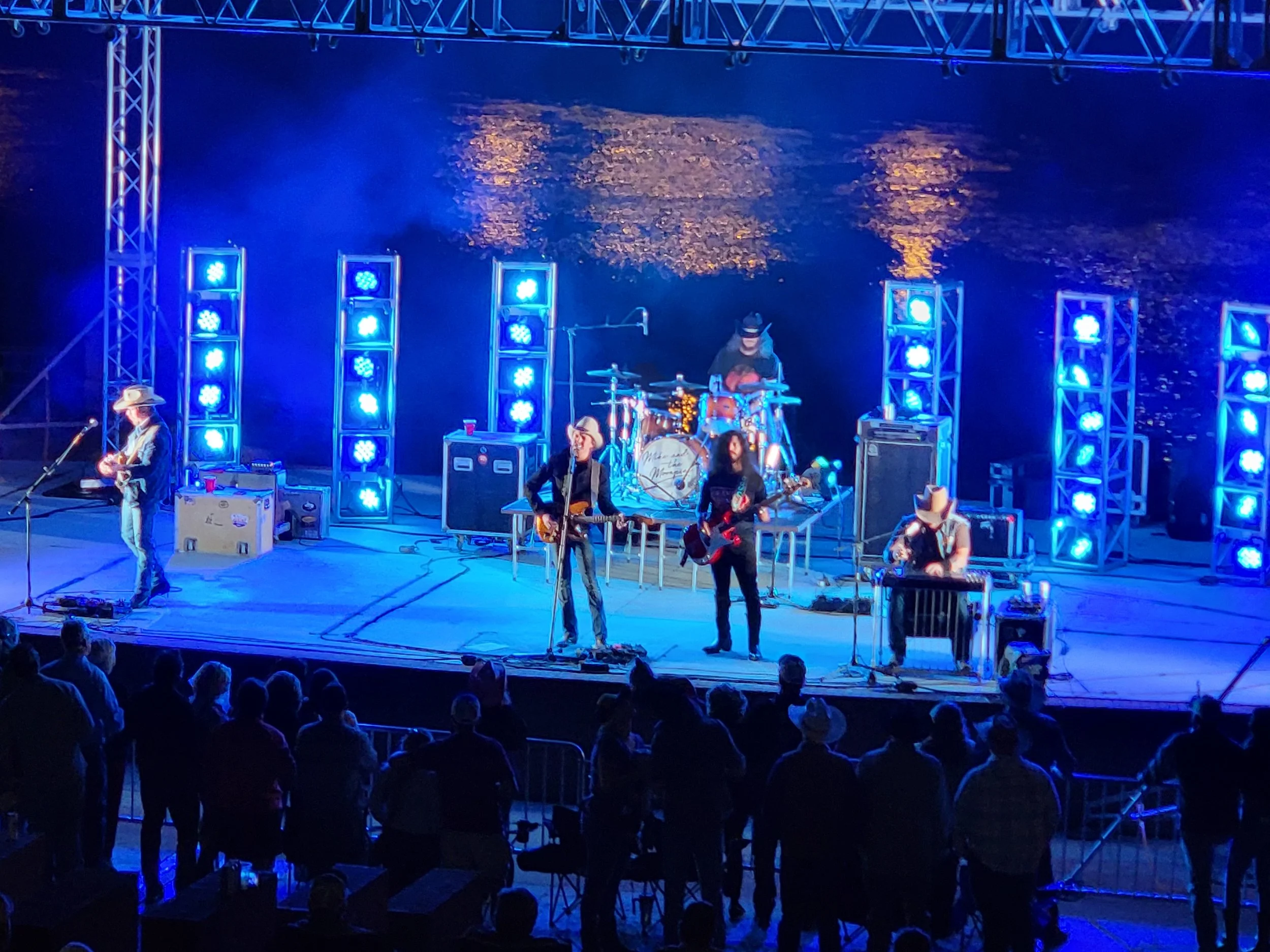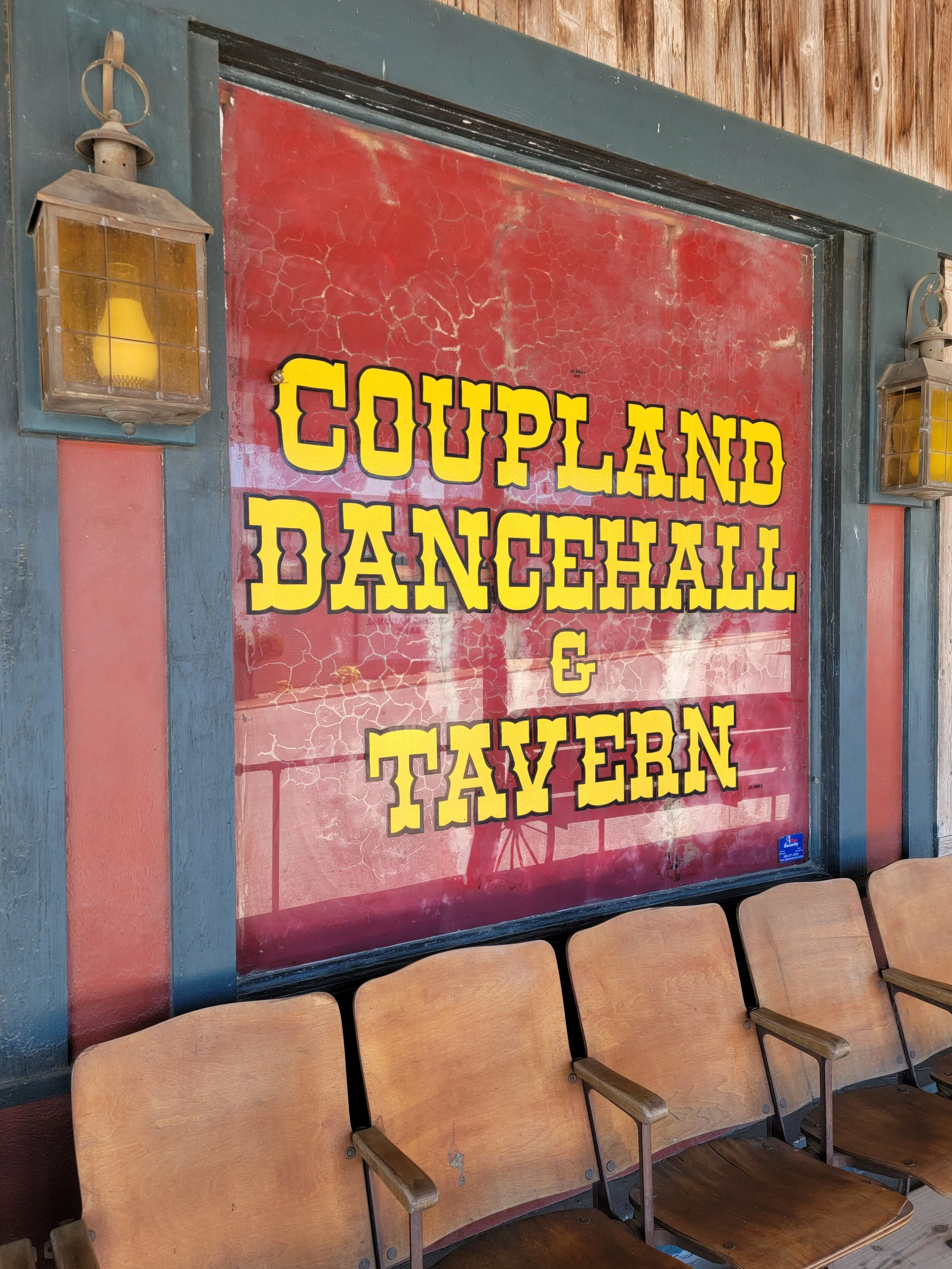The Train to Birmingham: 5 Venues in the South You Should Visit
Independent music venues were among the many small businesses crushed by the effects of the Covid pandemic. Virtually every city can count at least one that was forced to close permanently. Many have only begun to host shows but with strict mandates forced by state or local governments and some still have yet to re-open. But, others have found a way to survive and are back to a regular schedule of live music. Recently, the calendar worked out where Mike and the Moonpies were winding down a tour with a swing through the Deep South all within a few hours of our Birmingham, Alabama home. We were able to catch the last five-night run, but this isn’t about the band or those shows. It’s a celebration of the venues where they played.
Night 1: The Red Clay Music Foundry @ Duluth, Georgia
In 1992, Eddie Owen established Eddie’s Attic, one of the nation’s premier listening room venues, in the Atlanta suburb of Decatur. It developed a reputation for hosting some of the best singer-songwriters, both established and as-yet-unknown, in an environment that celebrated the music with attentive and appreciative audiences. Owens sold the venue in 2002 but continued to help manage it while he established the Red Clay Theatre in downtown Duluth, another Atlanta suburb. His association with Eddie’s Attic ended in 2012 and he announced plans to launch his “Eddie Owens Presents” concerts. Now named the Red Clay Music Foundry, the venue offers theatre seating for 260 and outstanding acoustics. When Atlanta finally eased pandemic restrictions on indoor performances, the first live show in the city was at the Red Clay Music Foundry with a concert presented by Eddie Owens.
Night 2: Grant’s Lounge @ Macon, Georgia
If any venue can lay claim to being “The Birthplace of Southern Rock,” Grant’s Lounge in downtown Macon has the credentials. Edward Grant, Sr. opened the club in 1971 and from the beginning was the city’s only truly integrated venue. Capricorn Records had opened in 1969 and Grant’s was conveniently located between the studio and the label’s executive offices just a few blocks apart making it a natural hangout for bands in town for recording sessions. A picture-laden “Wall of Fame” covers one side of the club and represents the greats that have graced the stage at Grant’s including the Allman Brothers Band, Wet Willie, the Marshall Tucker Band, Lynyrd Skynyrd, Boz Scaggs, Tom Petty and more. Members of the Grant family continued to operate the venue independently until the building was recently purchased by a group owning other Macon ventures, primarily restaurants and bars. The new owners say the Grants will still be involved with the business and will continue to work and book talent at the club.
Night 3: Phenix City Amphitheatre @ Phenix City, Alabama
While not an independent venue, Phenix City is using the municipally-owned amphitheatre as a way to promote tourism and bring in visitor dollars using music. Built in the mid-1990s on the banks of the Chattahoochee River and adjacent to the historic Dillingham Bridge, the facility offers a fantastic view of the river and downtown Columbus, Georgia just opposite. There is no permanent seating at the beautiful concrete and brick venue which allows room for up to about 3,000 patrons to bring folding chairs and spread out for the many functions presented there including an annual Summer Concert Series sponsored by the Phenix City Parks and Recreation Department.
Night 4: Range 231 @ Montgomery., Alabama
There is absolutely nothing pretentious about this place. The venue describes itself as “Like a redneck Top Golf” and they ain’t wrong. Located just across the Alabama River north of downtown Montgomery, Range 231 is a driving range that also becomes a party haven at night when the bar opens in the “clubhouse,” the grill fires up on the back patio, and live music is presented on the small stage in the backyard that faces the driving range itself. While the artists are performing, folks continue to whack away at buckets of golf balls. I have been to shows in bowling alleys before but this is something entirely different.
Night 5: Flora-Bama Lounge @ Perdido Key, Florida
Originally built in 1964, soon after the road connecting Orange Beach, Alabama and Perdido Key, Florida was completed, the Flora-Bama began life as a package store & lounge and the first place to buy alcohol crossing the Alabama state line into Florida. As the area continued to be developed into a tourism destination, the Flora-Bama grew as well. It has been named the “#1 Beach Bar” in America and/or the world several times by many different news organizations and publications over the years. In 2004, Hurricane Ivan delivered a direct hit to the Flora-Bama causing catastrophic damage and destroying the main building at the entrance as well as heavily damaging most of the other sections of the bar. It took six years for the main bar of the Flora-Bama to be rebuilt while the club operated out of temporary quarters in trailers and tents. These days live music is presented 365 days a year on five different stages by thousands of performers each year helping earn its self-proclaimed title of “America’s Last Great Roadhouse.”
Live music has to have both an audience and performers; the venue is where it all comes together. Magic happens when the right crowd catches the right artist playing the right songs in the right place. When the quarantine shut down the venues, the musicians took to the internet to keep performing and the people tuned in but it’s just not the same. Live music is a communal activity and each venue has its own unique personality to add to each show. Seeing how just a change in venue can alter an artist’s performance from one night to the next is an amazing thing to see.











